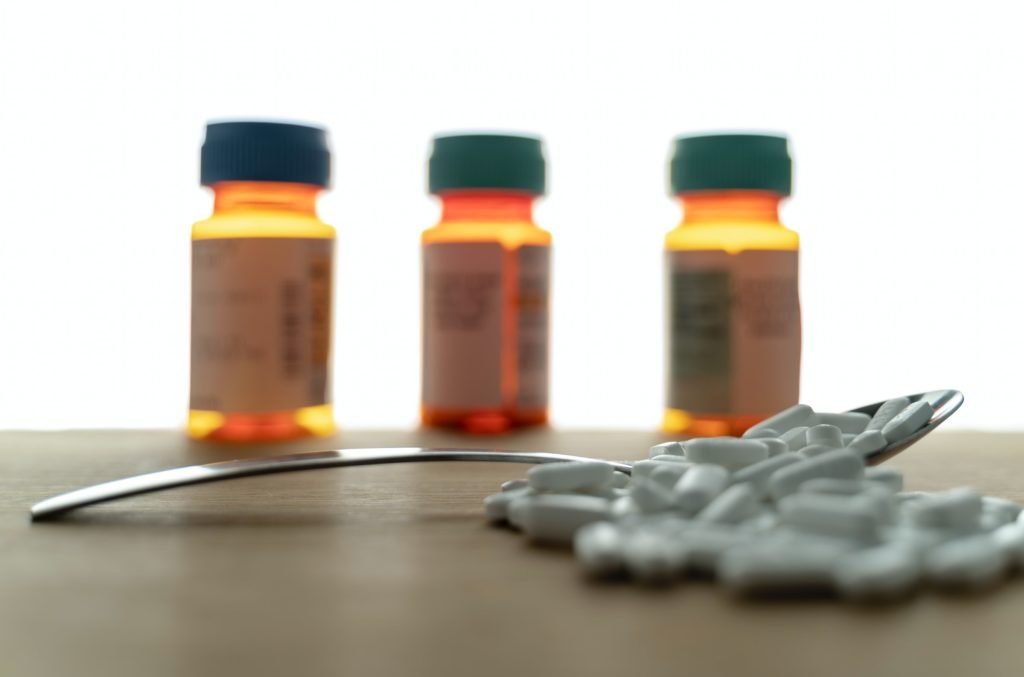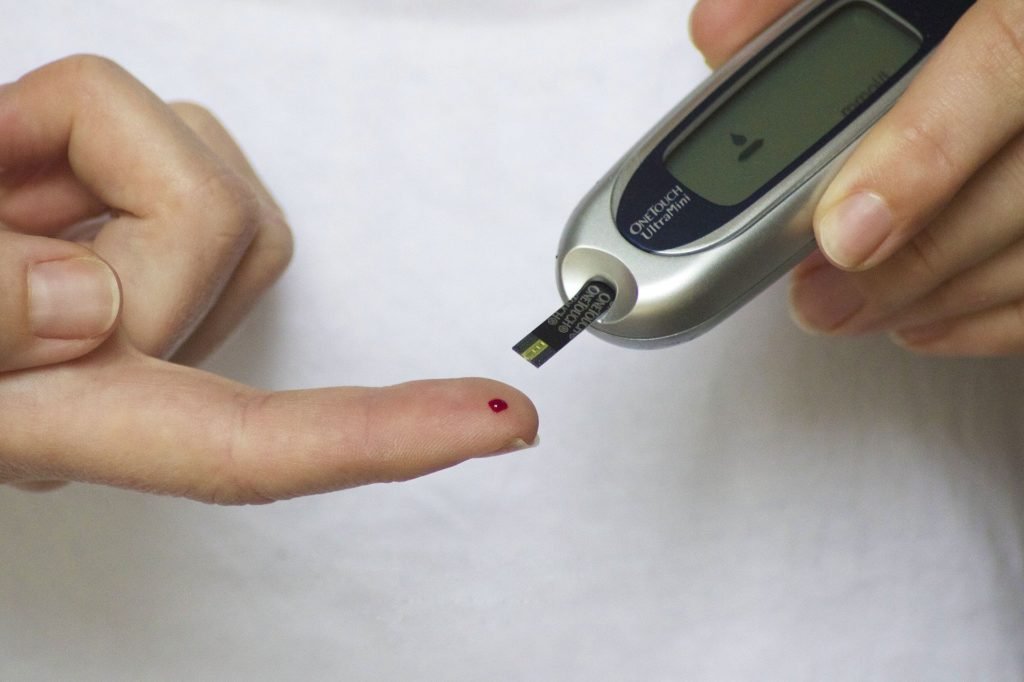It’s not uncommon for people, including those in Memorial Area, Texas, to experience leg pain. Some of the most common causes are cardiovascular conditions, a lack of exercise, and muscle injury. What’s crucial is speaking with a Memorial Area leg pain expert for the proper treatment. Let’s explore these three potential causes in-depth and offer solutions on how to alleviate them.
1. Peripheral Neuropathy
This disorder affects the nerves in your extremities, causing pain, tingling, and numbness. The most common cause of peripheral neuropathy is diabetes, although there are other potential causes.
There are a few things you can do to help manage the symptoms of peripheral neuropathy. Firstly, make sure you’re following your doctor’s treatment plan for diabetes if that’s the cause. Additionally, try to maintain a healthy weight and get regular exercise. And lastly, make sure to wear comfortable shoes and use foot insoles as needed.
2. Cardiovascular Disease
This occurs when there’s a problem with the heart or blood vessels, which can lead to pain in the legs, arms, and other parts of the body. Symptoms of cardiovascular disease can vary from person to person, but some common ones include chest pain, shortness of breath, and leg pain.
The best way to reduce your risk of cardiovascular disease is by making healthy lifestyle choices. This includes eating a balanced diet, getting regular exercise, and avoiding smoking and excessive alcohol consumption. If you have any other risk factors for cardiovascular disease, discuss them with your doctor.
3. Electrolyte Imbalance
A lack of electrolytes can cause leg pain, among other symptoms. Electrolytes are minerals that help regulate the body’s fluid balance and nerve and muscle function. Some common causes of electrolyte imbalance are dehydration, excessive sweating, and vomiting or diarrhea.
If you think you might have an electrolyte imbalance, it’s essential to see a doctor. They can run tests to determine the cause and prescribe the appropriate treatment.
In addition to following your doctor’s orders, you can do a few things to help prevent electrolyte imbalance. Drink plenty of fluids, especially water, and avoid excessive alcohol and caffeine consumption. And make sure you’re getting enough electrolytes through your diet by eating plenty of fruits and vegetables.
4. Muscle Injury
A muscle injury can cause pain, swelling, and stiffness in the leg muscles. The most common muscle injury type is a strain caused by overstretching or tearing the muscle fibers.
You can do a few things to help speed up the healing process and reduce the pain and swelling. Firstly, rest the injured muscle as much as possible. Secondly, apply ice or a cold compress to the affected area for 20 minutes, 3-4 times a day. And lastly, take over-the-counter pain medications as needed.
5. Muscle Sprain
This is an injury that occurs when the fibers are stretched or torn. It’s similar to a strain but is usually considered a less severe injury.
Like with a muscle strain, the best way to treat a muscle sprain is by resting the injured muscle, applying ice or a cold compress, and taking over-the-counter pain medications. You can also try using a compression bandage to help reduce the swelling.
If you’re experiencing leg pain, it’s essential to see a doctor to determine the cause. There are several potential causes, and each one requires its specific treatment plan. By understanding the different causes of leg pain, you can be better equipped to seek the appropriate treatment and start feeling better soon.


